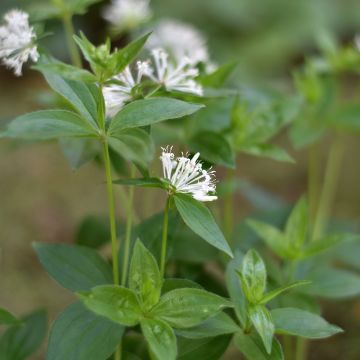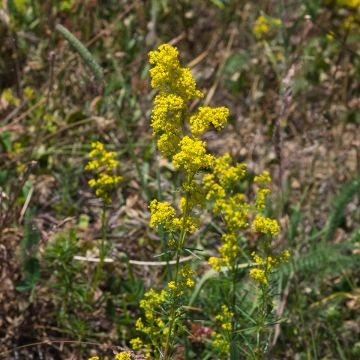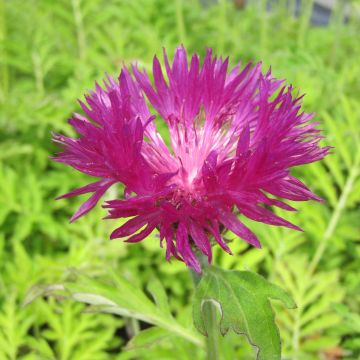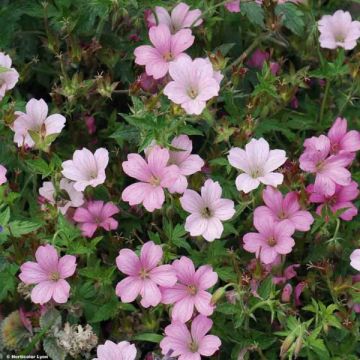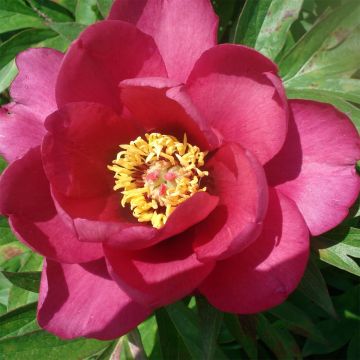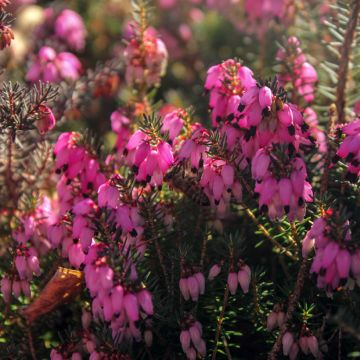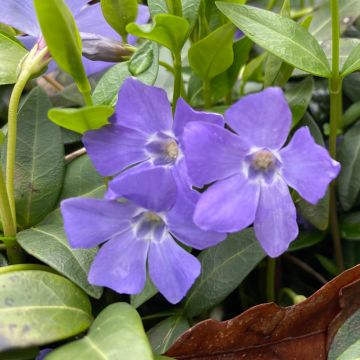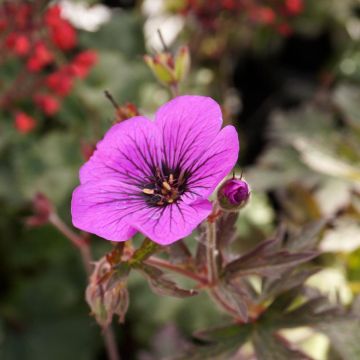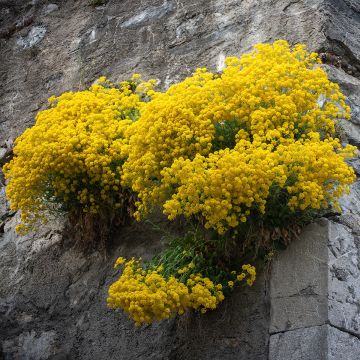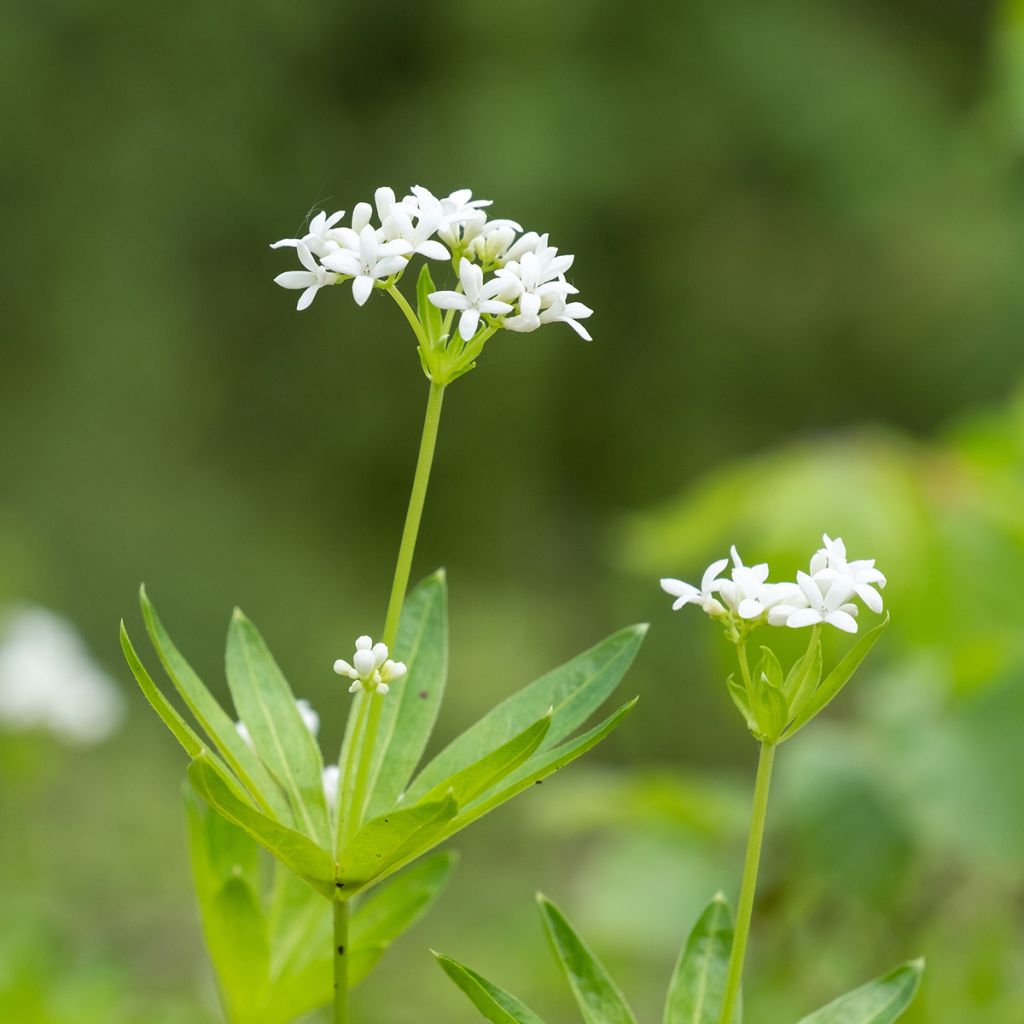

Galium odoratum
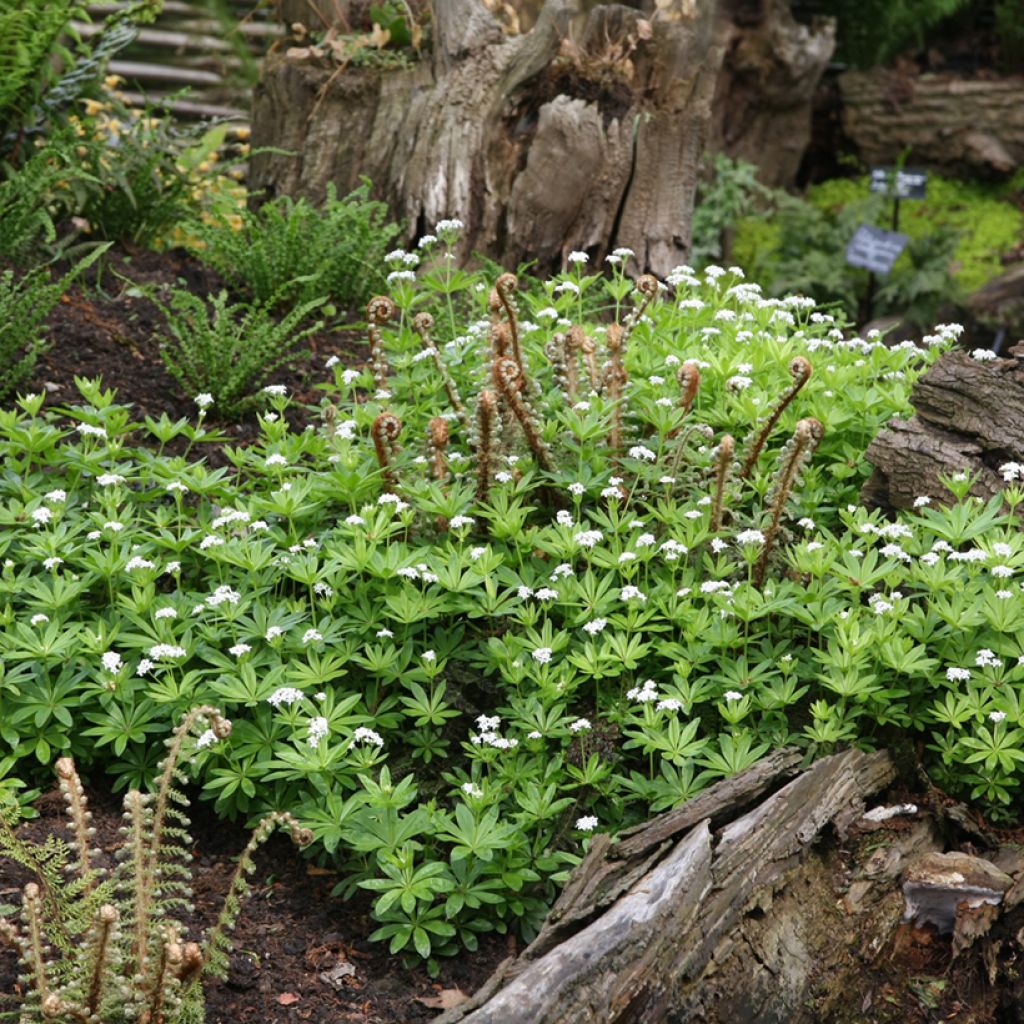

Galium odoratum
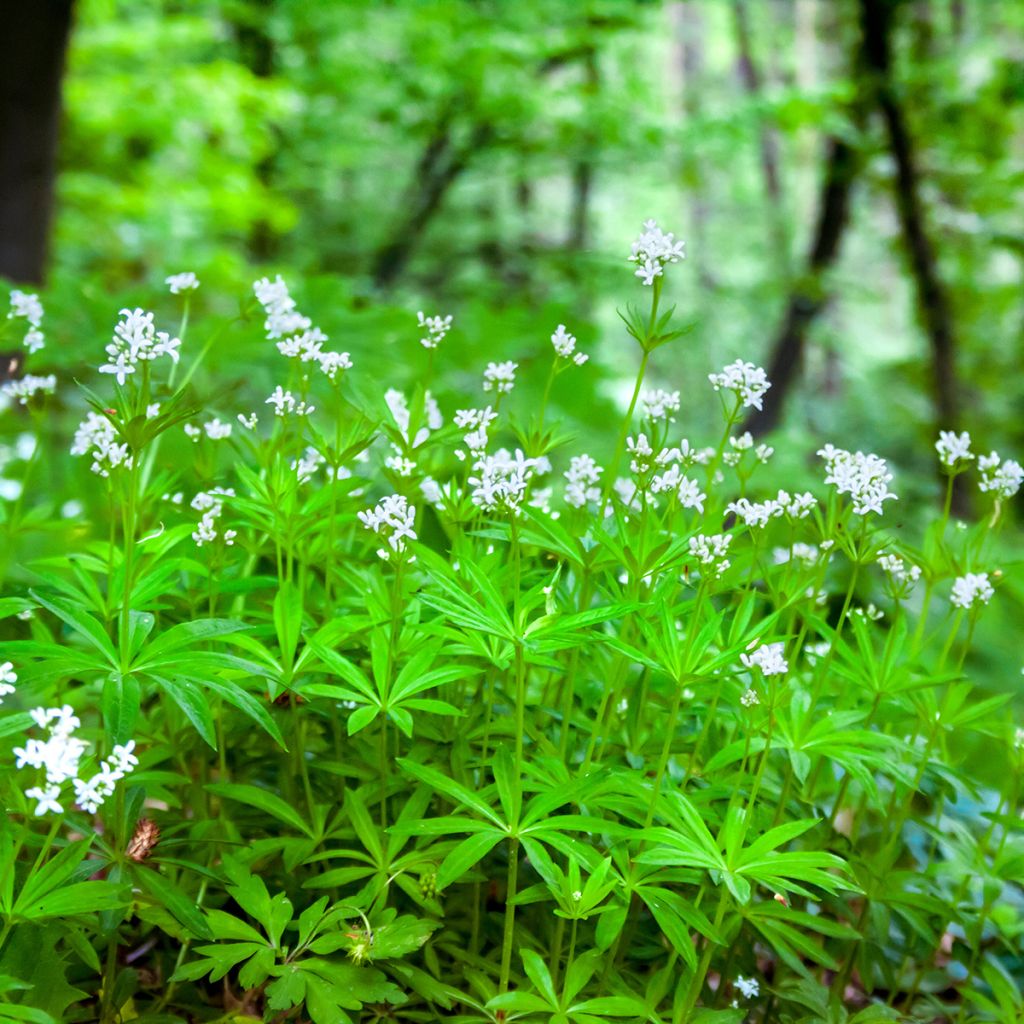

Galium odoratum
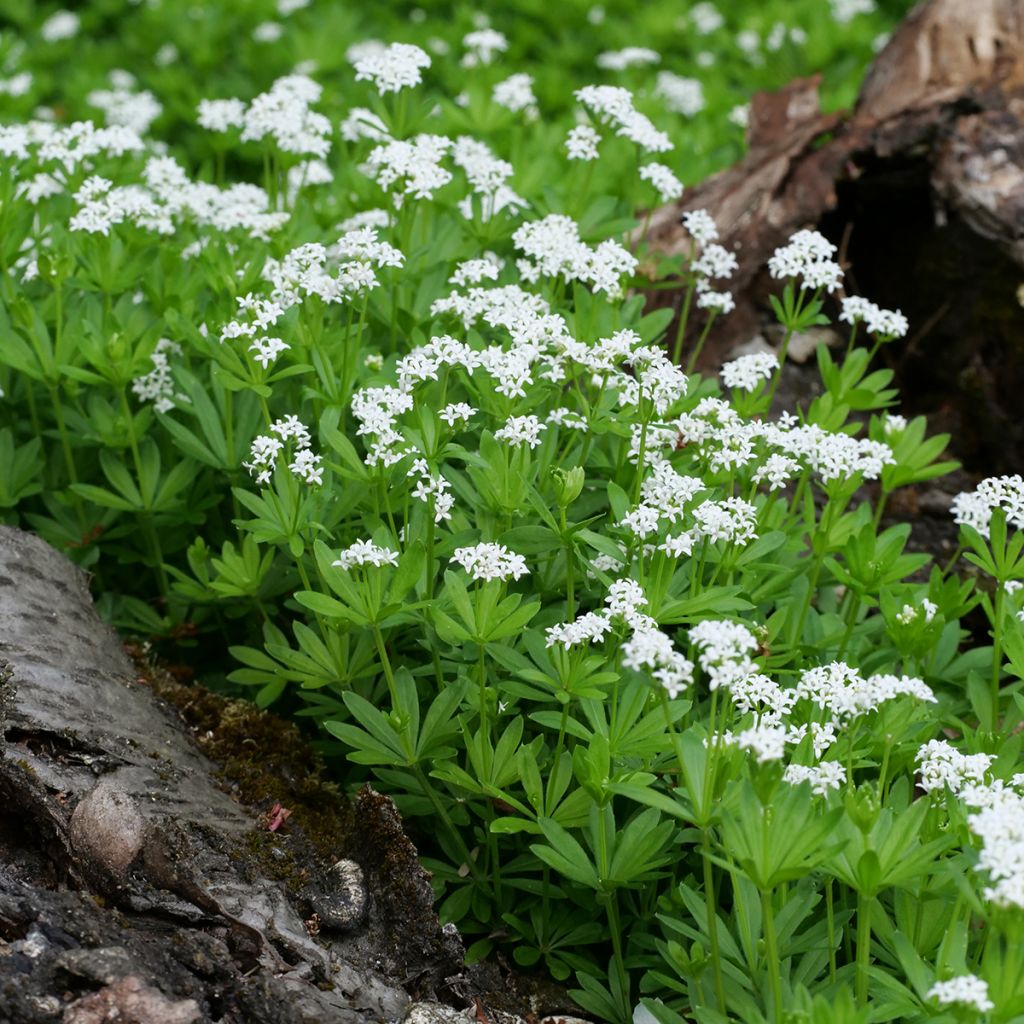

Galium odoratum
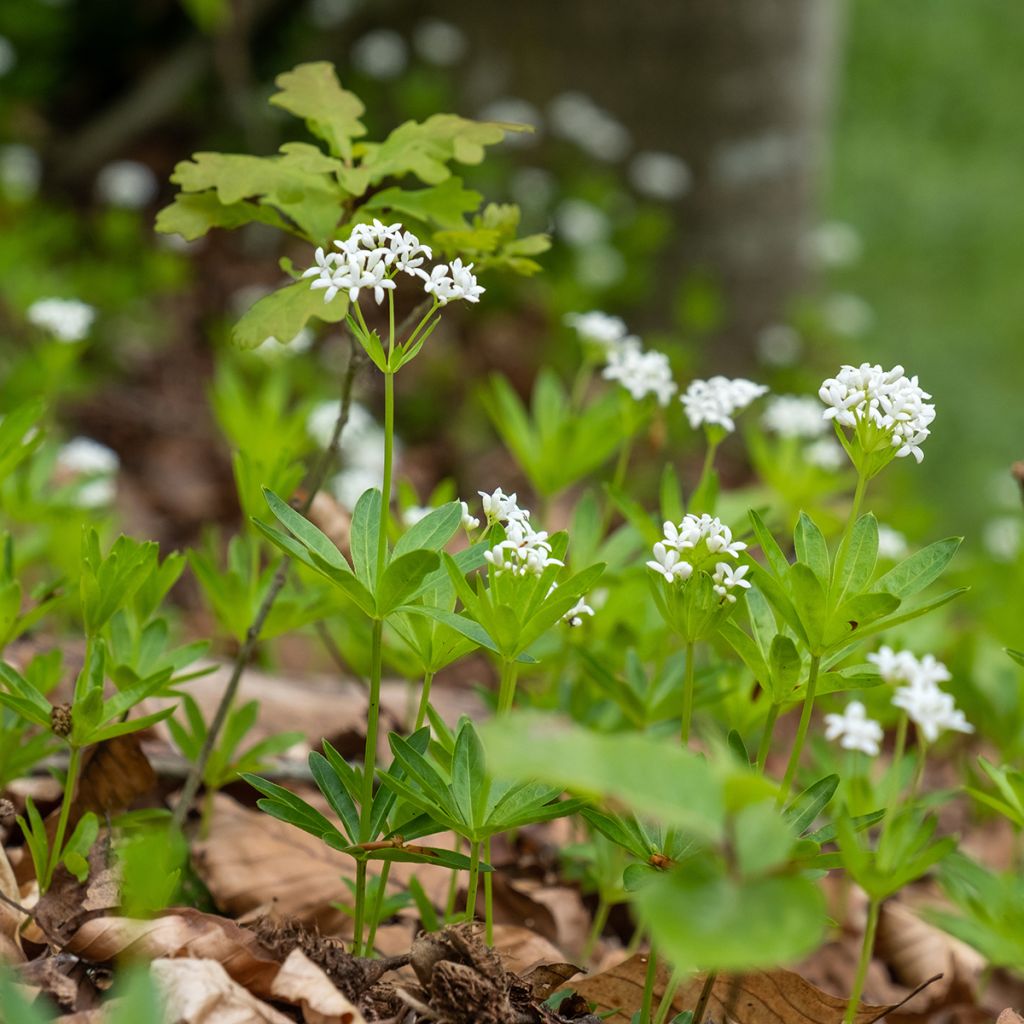

Galium odoratum
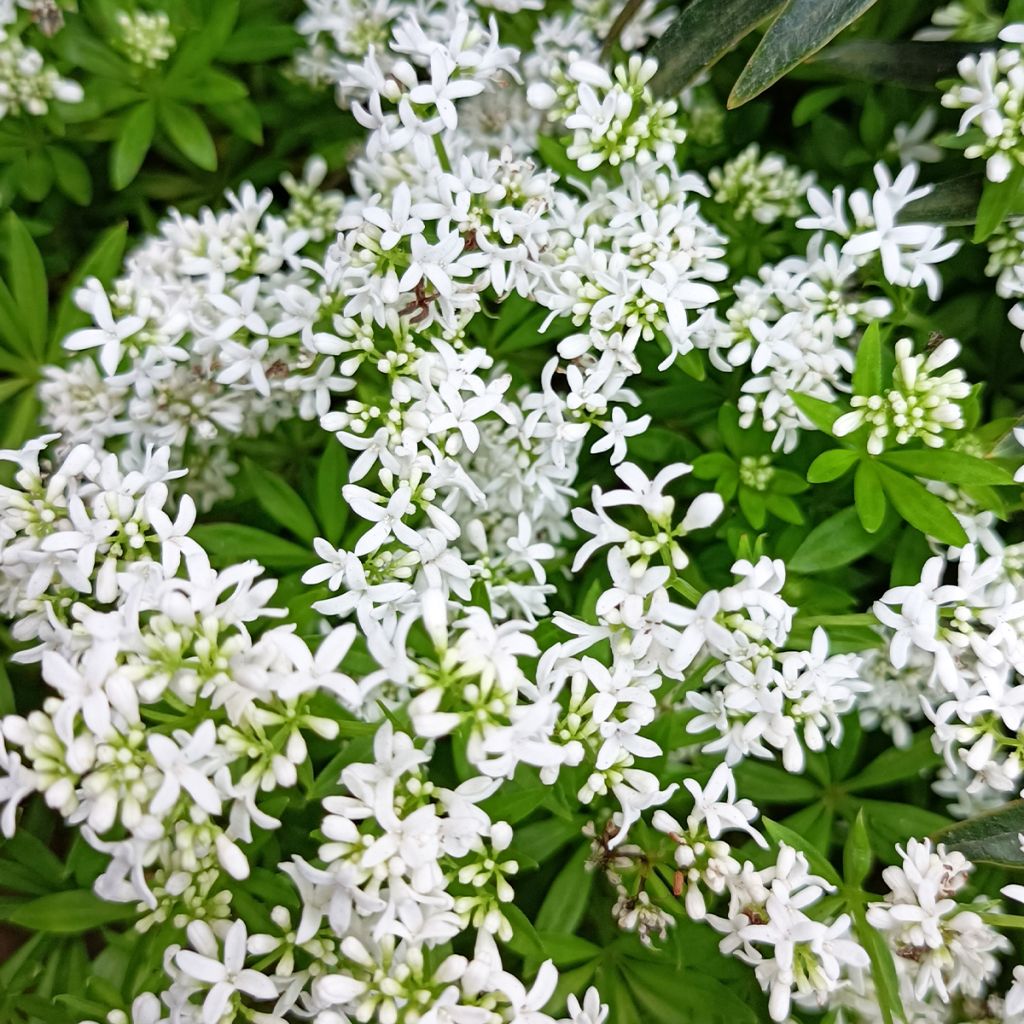

Galium odoratum
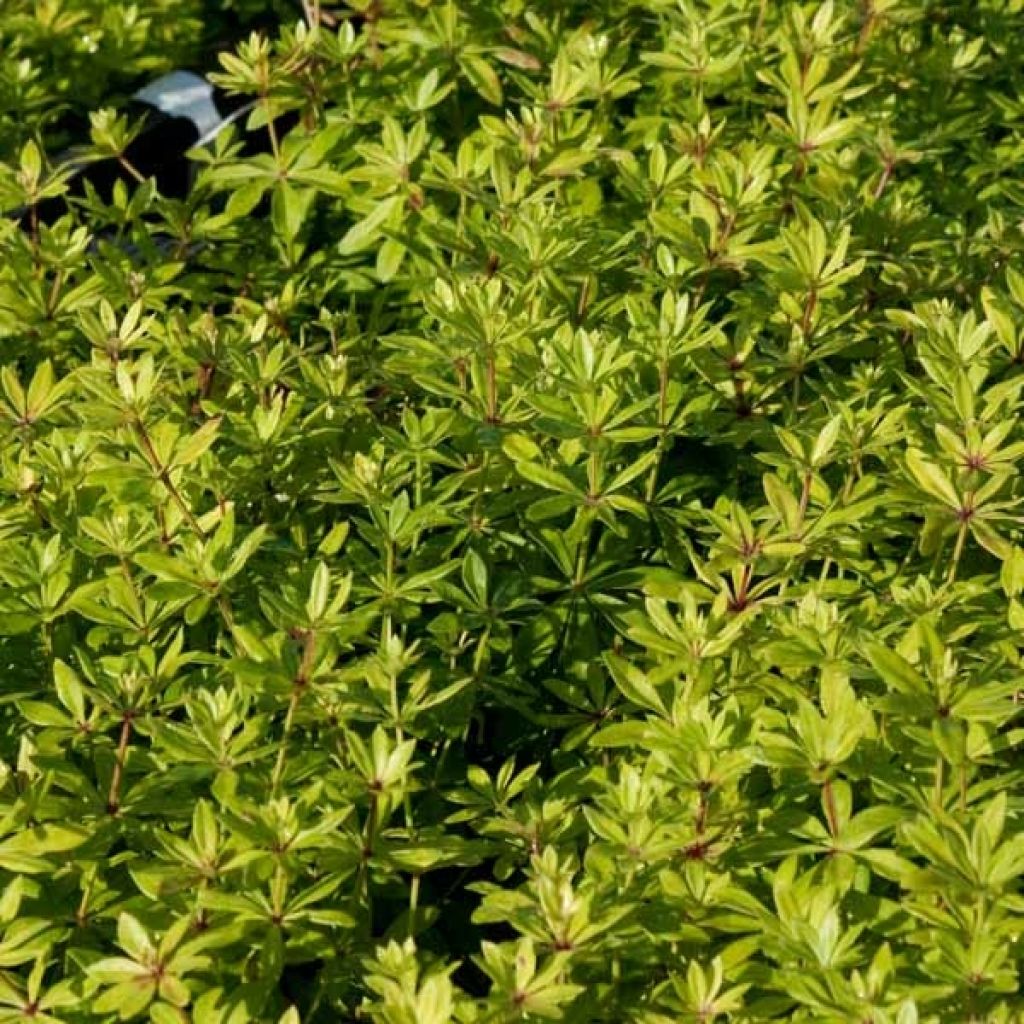

Galium odoratum
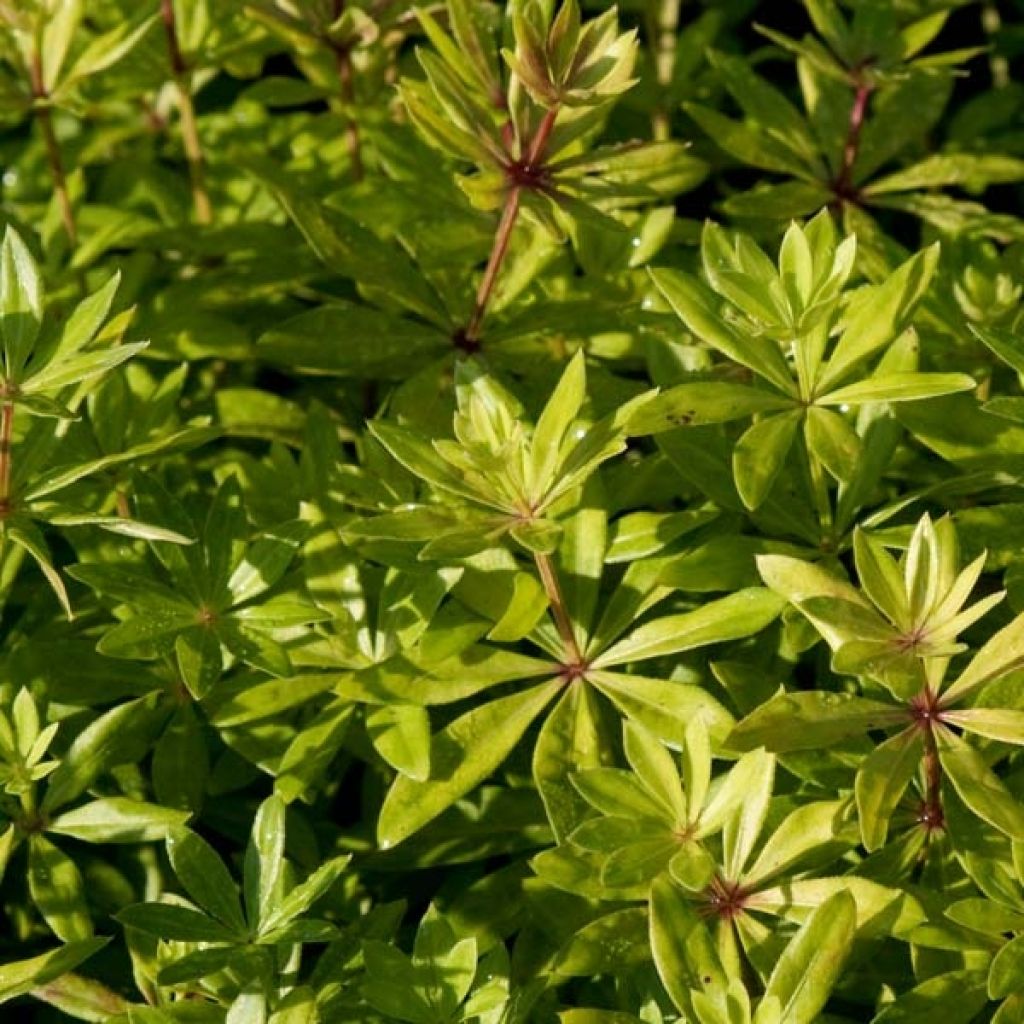

Galium odoratum
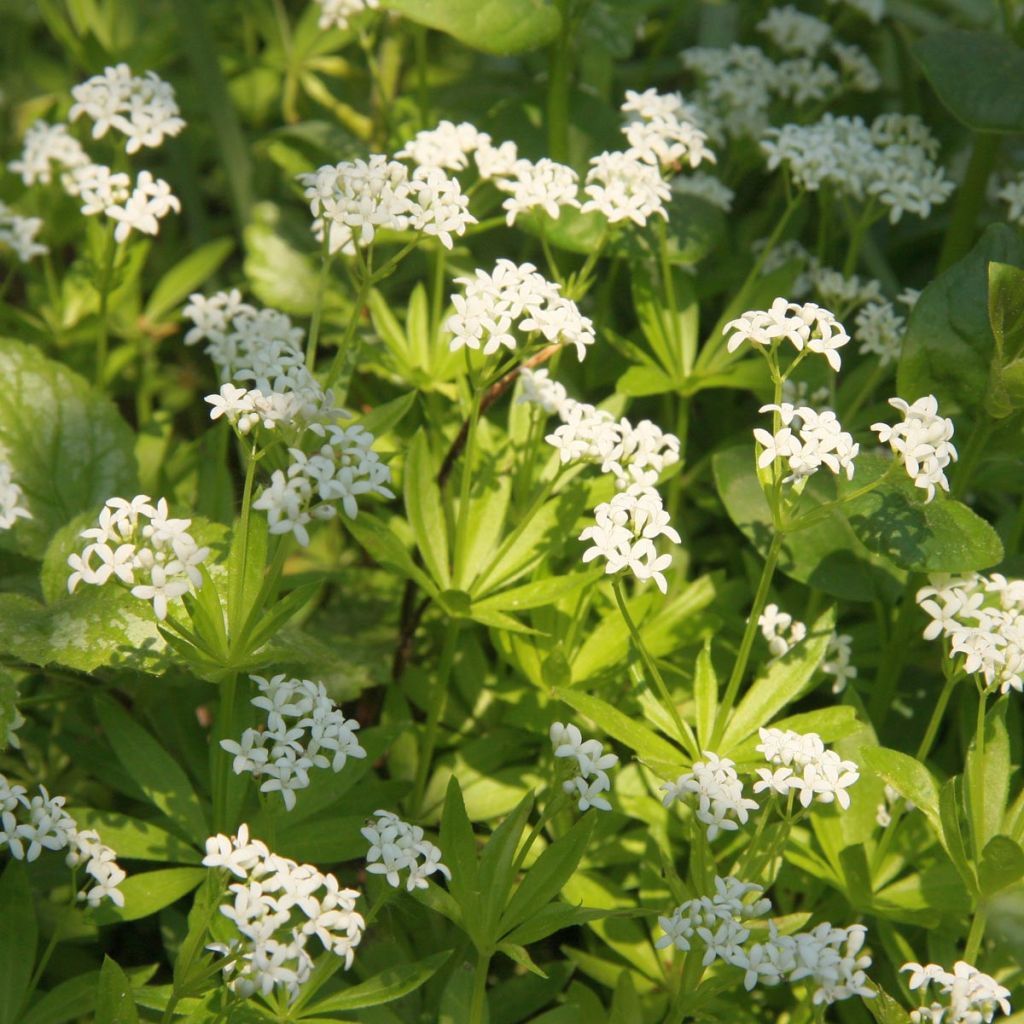

Galium odoratum
Galium odoratum
Galium odoratum
Sweet Woodruff, Sweet-scented Bedstraw, Wild Baby's Breath
This item cannot be shipped to the selected country
Delivery charge from €5.90
Delivery charge from €5.90
More information
Schedule delivery date,
and select date in basket
This plant carries a 12 months recovery warranty
More information
We guarantee the quality of our plants for a full growing cycle, and will replace at our expense any plant that fails to recover under normal climatic and planting conditions.
From €5.90 for pickup delivery and €6.90 for home delivery
Express home delivery from €8.90.
From €5.90 for pickup delivery and €6.90 for home delivery
Express home delivery from €8.90.

Does this plant fit my garden?
Set up your Plantfit profile →
Description
Galium odoratum, better known as Sweet Woodruff or Sweet-scented Bedstraw, is a hardy perennial plant of the forest floor that forms beautiful emerald-green carpets and comes to life in spring with pretty white-ivory, honey-scented flowers. It is also a medicinal plant, renowned for the aroma of its stems reminiscent of a mix of freshly cut hay, vanilla, and tonka bean, which can be detected when they are broken or dried. An excellent evergreen ground cover, sweet woodruff is perfect for ornamenting shaded areas of the garden, adding the discreet charm and efficiency of wild plants.
Formerly known as Asperula odorata, Galium odoratum is a plant belonging to the Rubiaceae family, akin to Gardenias. It is a creeping herbaceous plant, perennial through its rampant rhizome. Native to Eastern Europe and Russia, it tolerates cold weather well (-20 °C (-4 °F)), but requires a humus-rich soil that remains slightly moist in summer. The foliage, usually evergreen (except in colder regions), consists of clusters (or whorls) of 6 to 9 oval and elongated leaves, 3 to 5 cm (1 to 2 in) long, emerald-green in colour, carried by rough, quadrangular, upright stems, averaging 20 cm (8 in) tall. This plant spreads sideways through its underground stems transformed into rhizomes. Its slightly flagrant flowering occurs from May to June. It takes the form of inflorescences resembling small umbels, composed of small white flowers with 4 petals. Once pollinated by insects, each flower gives way to a small fruit covered in hooked hairs that cling to the fur of animals: this is how sweet woodruff ensures its dispersal.
Sweet woodruff forms beautiful carpets in clearings or open woodland, alongside daffodils, comfrey, lungworts, and Brunneras, etc. This countryside perennial is used as a ground cover at the base of deciduous shrubs, along a shaded path or wall, or even in the vegetable garden, alongside other medicinal plants. In the past, its freshly cut leaves were used to scent the house as they emit a pleasant aroma that is both herbaceous, spicy, and sweet, and the flowers were used to make bouquets to place in closets, to repel insects and perfume clothes. The plant contains an aromatic molecule called coumarin, which is used in the production of anticoagulant treatments.
Some gardeners may be familiar with wild madder (Rubia peregrina), another plant belonging to the Rubiaceae family that somewhat resembles sweet woodruff. Unlike sweet woodruff, however, wild madder is a climbing plant and does not have a scent.
Report an error about the product description
Galium odoratum in pictures
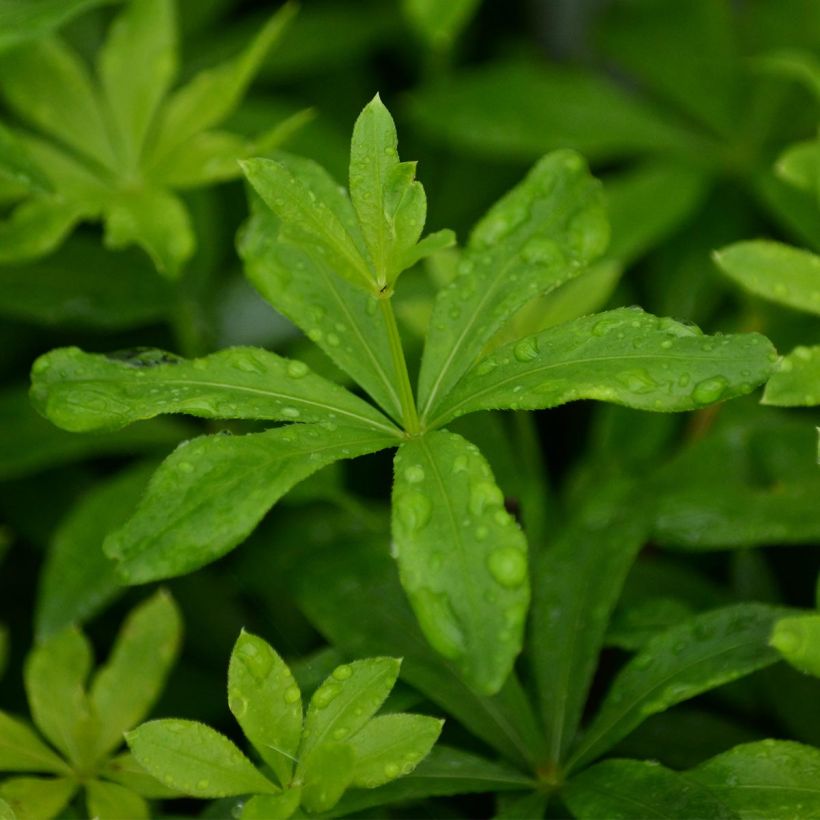



Flowering
Foliage
Plant habit
Botanical data
Galium
odoratum
Rubiaceae
Sweet Woodruff, Sweet-scented Bedstraw, Wild Baby's Breath
Eastern Europe
Other Asperula
Planting and care
Galium odoratum grows in non-scorching sun or partial shade, in a rather moist soil (including in summer), and even clayey soil provided it is not too wet in winter. It prefers undergrowth soils that are light and rich in humus. It is a very hardy plant that will require no maintenance once well established, but remember to water it regularly to facilitate recovery, especially during the first summer or in case of prolonged drought.
Planting period
Intended location
Care
-
, onOrder confirmed
Reply from on Promesse de fleurs
Spring flowering perennials
Haven't found what you were looking for?
Hardiness is the lowest winter temperature a plant can endure without suffering serious damage or even dying. However, hardiness is affected by location (a sheltered area, such as a patio), protection (winter cover) and soil type (hardiness is improved by well-drained soil).

Photo Sharing Terms & Conditions
In order to encourage gardeners to interact and share their experiences, Promesse de fleurs offers various media enabling content to be uploaded onto its Site - in particular via the ‘Photo sharing’ module.
The User agrees to refrain from:
- Posting any content that is illegal, prejudicial, insulting, racist, inciteful to hatred, revisionist, contrary to public decency, that infringes on privacy or on the privacy rights of third parties, in particular the publicity rights of persons and goods, intellectual property rights, or the right to privacy.
- Submitting content on behalf of a third party;
- Impersonate the identity of a third party and/or publish any personal information about a third party;
In general, the User undertakes to refrain from any unethical behaviour.
All Content (in particular text, comments, files, images, photos, videos, creative works, etc.), which may be subject to property or intellectual property rights, image or other private rights, shall remain the property of the User, subject to the limited rights granted by the terms of the licence granted by Promesse de fleurs as stated below. Users are at liberty to publish or not to publish such Content on the Site, notably via the ‘Photo Sharing’ facility, and accept that this Content shall be made public and freely accessible, notably on the Internet.
Users further acknowledge, undertake to have ,and guarantee that they hold all necessary rights and permissions to publish such material on the Site, in particular with regard to the legislation in force pertaining to any privacy, property, intellectual property, image, or contractual rights, or rights of any other nature. By publishing such Content on the Site, Users acknowledge accepting full liability as publishers of the Content within the meaning of the law, and grant Promesse de fleurs, free of charge, an inclusive, worldwide licence for the said Content for the entire duration of its publication, including all reproduction, representation, up/downloading, displaying, performing, transmission, and storage rights.
Users also grant permission for their name to be linked to the Content and accept that this link may not always be made available.
By engaging in posting material, Users consent to their Content becoming automatically accessible on the Internet, in particular on other sites and/or blogs and/or web pages of the Promesse de fleurs site, including in particular social pages and the Promesse de fleurs catalogue.
Users may secure the removal of entrusted content free of charge by issuing a simple request via our contact form.
The flowering period indicated on our website applies to countries and regions located in USDA zone 8 (France, the United Kingdom, Ireland, the Netherlands, etc.)
It will vary according to where you live:
- In zones 9 to 10 (Italy, Spain, Greece, etc.), flowering will occur about 2 to 4 weeks earlier.
- In zones 6 to 7 (Germany, Poland, Slovenia, and lower mountainous regions), flowering will be delayed by 2 to 3 weeks.
- In zone 5 (Central Europe, Scandinavia), blooming will be delayed by 3 to 5 weeks.
In temperate climates, pruning of spring-flowering shrubs (forsythia, spireas, etc.) should be done just after flowering.
Pruning of summer-flowering shrubs (Indian Lilac, Perovskia, etc.) can be done in winter or spring.
In cold regions as well as with frost-sensitive plants, avoid pruning too early when severe frosts may still occur.
The planting period indicated on our website applies to countries and regions located in USDA zone 8 (France, United Kingdom, Ireland, Netherlands).
It will vary according to where you live:
- In Mediterranean zones (Marseille, Madrid, Milan, etc.), autumn and winter are the best planting periods.
- In continental zones (Strasbourg, Munich, Vienna, etc.), delay planting by 2 to 3 weeks in spring and bring it forward by 2 to 4 weeks in autumn.
- In mountainous regions (the Alps, Pyrenees, Carpathians, etc.), it is best to plant in late spring (May-June) or late summer (August-September).
The harvesting period indicated on our website applies to countries and regions in USDA zone 8 (France, England, Ireland, the Netherlands).
In colder areas (Scandinavia, Poland, Austria...) fruit and vegetable harvests are likely to be delayed by 3-4 weeks.
In warmer areas (Italy, Spain, Greece, etc.), harvesting will probably take place earlier, depending on weather conditions.
The sowing periods indicated on our website apply to countries and regions within USDA Zone 8 (France, UK, Ireland, Netherlands).
In colder areas (Scandinavia, Poland, Austria...), delay any outdoor sowing by 3-4 weeks, or sow under glass.
In warmer climes (Italy, Spain, Greece, etc.), bring outdoor sowing forward by a few weeks.

































